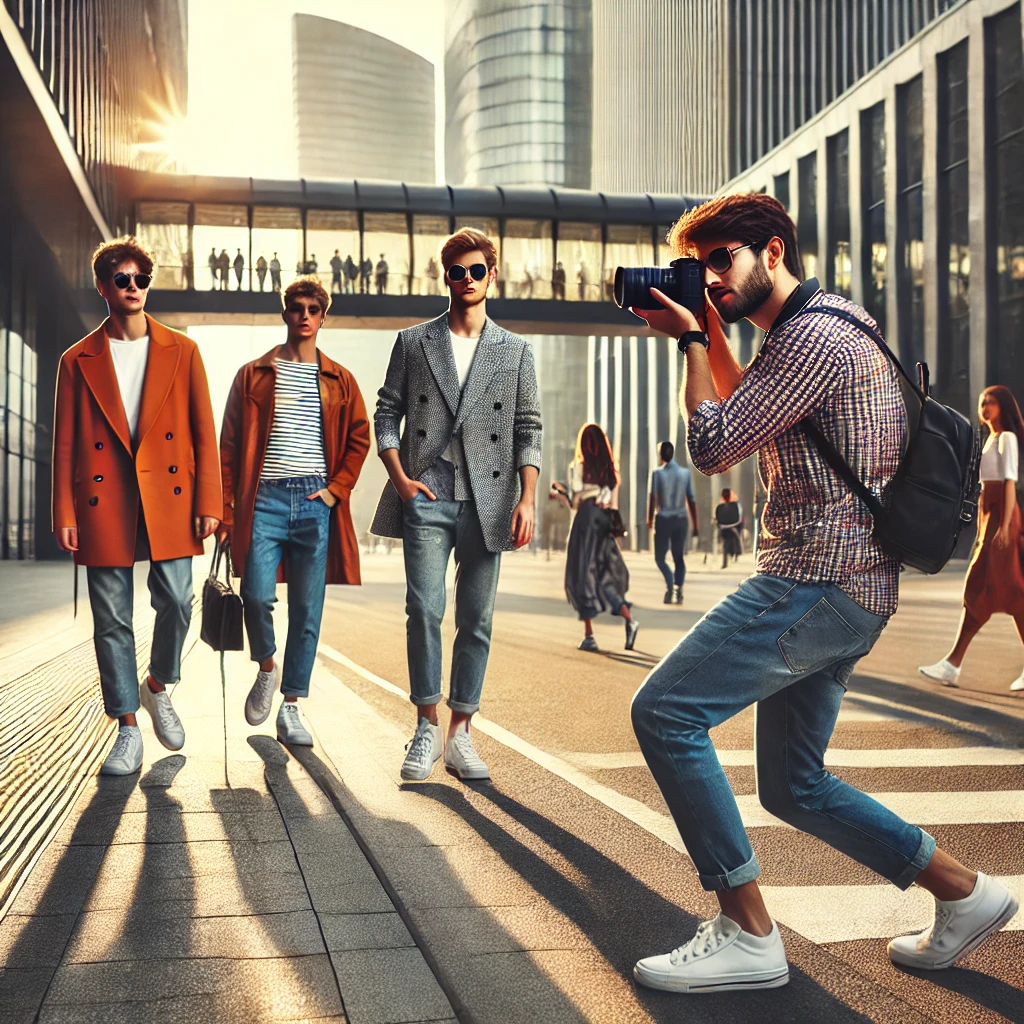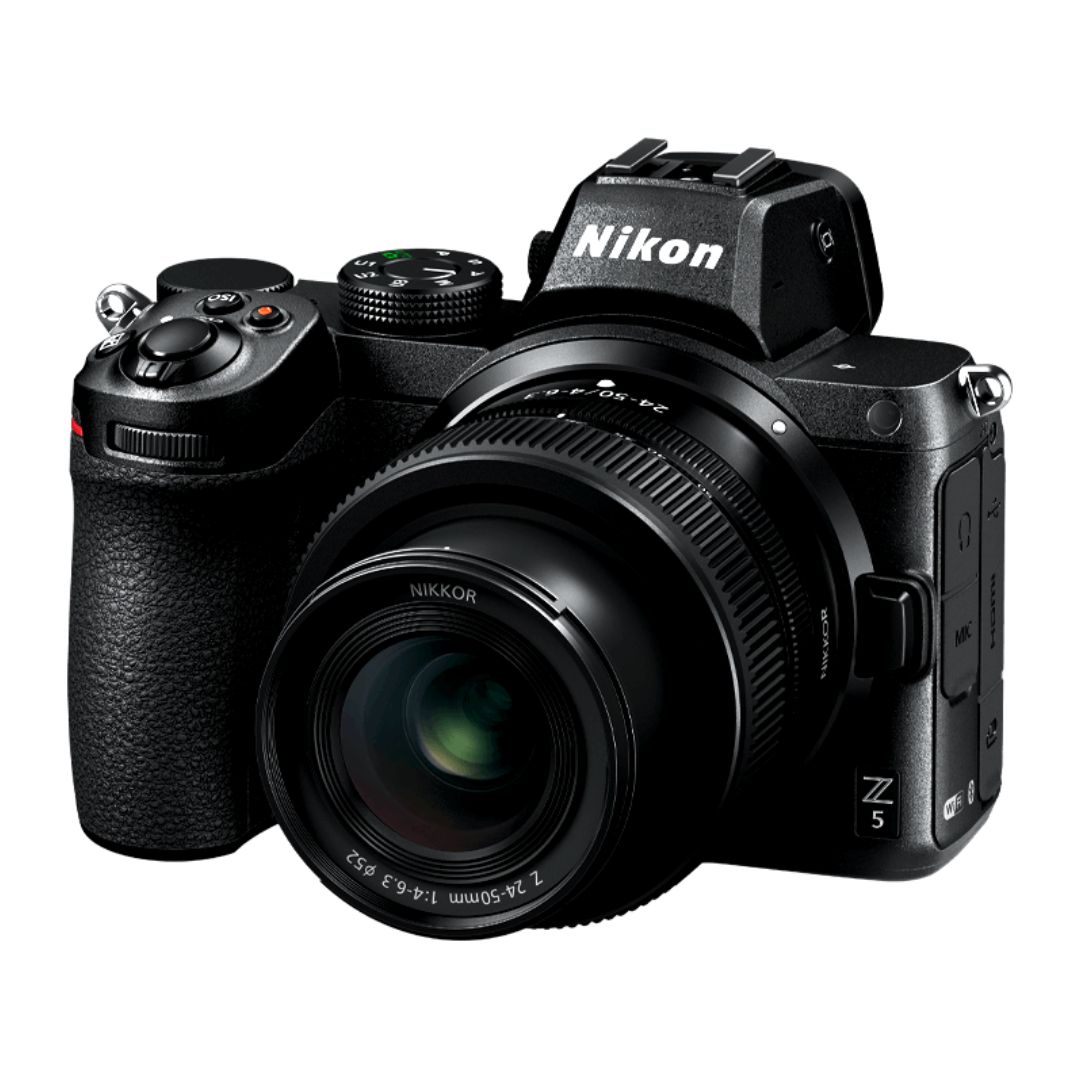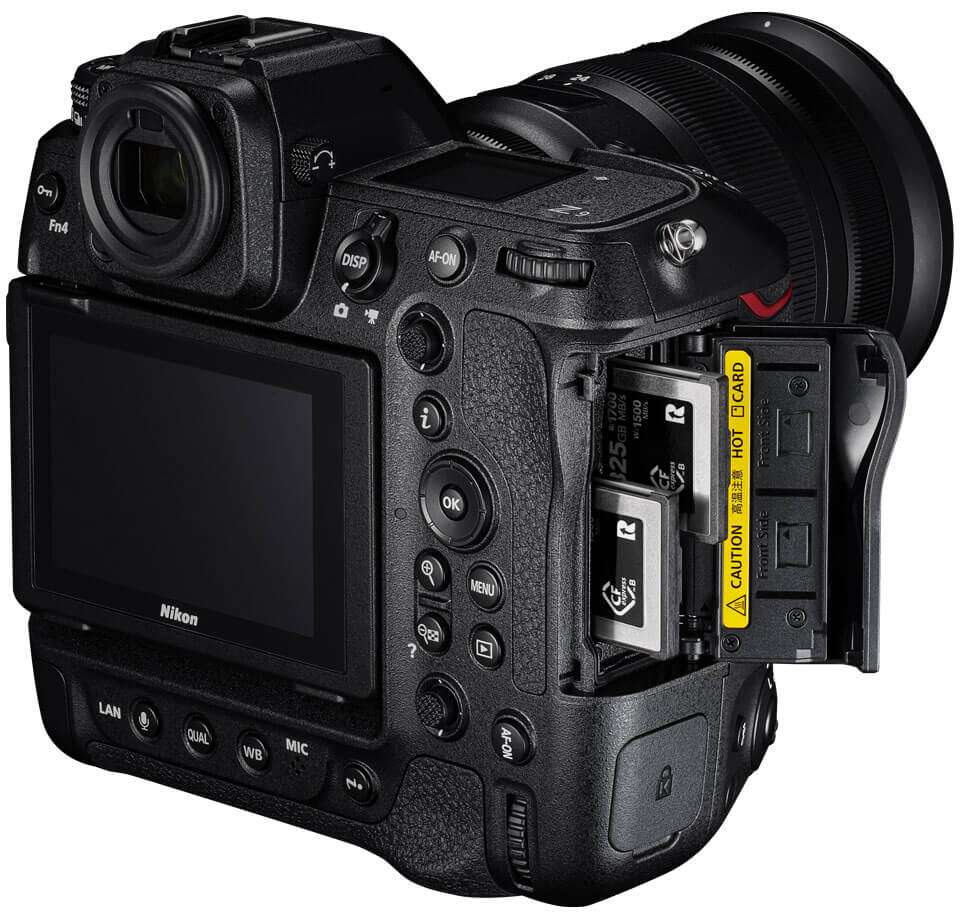Street fashion photography is an art that blends candid moments with structured composition. It requires a keen eye for trends, lighting, and storytelling. Whether you are a seasoned photographer or a beginner looking to refine your skills, this guide will take you through everything you need to know to capture street fashion like a pro photographer.
Understanding Street Fashion Photography
The Evolution of Street Fashion Photography
Street fashion photography has grown from capturing organic street style to becoming an integral part of the fashion industry. It documents trends, showcases individuality, and serves as inspiration for designers, influencers, and brands.
Why Street Fashion Matters
Street fashion is an authentic representation of culture and self-expression. Unlike traditional studio shoots, it reflects real-life fashion choices, often highlighting unique styles before they hit mainstream runways.
Essential Gear for Street Fashion Photography
Choosing the Right Camera
A DSLR or mirrorless camera with fast autofocus and excellent low-light performance is ideal for street photography. Popular choices include:
- Canon EOS R5 – High-resolution mirrorless camera
- Sony A7R IV – Great for low-light street shots
- Fujifilm X-T4 – Compact and stylish option
Lenses for Street Fashion Photography
Your lens choice determines the final look of your images. Recommended options:
- 50mm f/1.8 – Great for portraits and subject isolation
- 35mm f/1.4 – Ideal for full-body shots
- 24-70mm f/2.8 – Versatile for dynamic compositions
Additional Equipment
- Reflectors – Enhance natural light without artificial sources
- Tripod – Useful for evening shots and long exposures
- External Flash – Helps in low-light conditions


Mastering Lighting Techniques
Using Natural Light
Natural light enhances the authenticity of street fashion shots. The golden hour (shortly after sunrise and before sunset) provides soft, warm lighting for flattering results.
Working with Shadows and Highlights
Understanding the contrast between shadows and highlights adds depth to images. Backlighting, side-lighting, and diffused light create different moods for fashion photography.
Artificial Light in Street Fashion Photography
Using LED panels or external flashes can help illuminate subjects in urban environments. Night-time street fashion photography benefits from neon lights, storefront reflections, and car headlights.
Composition Techniques for Stunning Street Fashion Shots
Rule of Thirds
Placing the subject slightly off-center creates a balanced and visually appealing composition.
Leading Lines
City streets, sidewalks, and architecture provide natural leading lines that guide the viewer’s eye toward the subject.
Framing the Subject
Using doorways, arches, or windows can frame your subject beautifully, adding depth and interest to the shot.
Capturing Motion
Street fashion is dynamic. Capturing walking poses, hair movement, or wind-blown outfits adds liveliness to images.
Directing and Posing Your Subject
Natural and Candid Poses
Encourage models to move naturally, such as walking, adjusting their outfit, or interacting with their surroundings.
Confidence and Attitude
Fashion photography thrives on confidence. Encourage strong, poised stances and expressions that complement the style.
Using Props and Accessories
Bags, sunglasses, coffee cups, or even a phone can enhance the storytelling aspect of the shoot.
Editing and Post-Processing
Choosing the Right Editing Software
Adobe Lightroom and Photoshop are essential tools for refining images. Presets can help maintain a cohesive look.
Adjusting Colors and Tones
Enhance vibrancy while maintaining a natural appearance. Adjusting contrast, shadows, and highlights refines the final result.
Retouching Techniques
Minimal skin retouching and sharpening details like clothing textures create professional-looking images.
Building a Portfolio and Sharing Your Work
Creating an Online Presence
A professional portfolio on Instagram, Behance, or a personal website helps attract clients and brands.
Collaborating with Influencers and Brands
Partnering with fashion influencers or clothing brands expands exposure and credibility.
Entering Photography Contests
Submitting work to contests and magazines increases visibility in the fashion photography industry.
Final Thoughts
Capturing street fashion requires creativity, technical skill, and an understanding of trends. By mastering lighting, composition, posing, and editing, you can create compelling images that stand out in the competitive world of fashion photography.

Sony Alpha a7 IV: The Ultimate Camera for Photography

Nikon Z5 Review: Is It Worth It?
-

Nikon Z9 : Game-Changer for Photography
-

Top Features of Nikon D850 That Make It Ideal for Portfolio Shoots
Sony Alpha a7 IV: The Ultimate Camera for Photography
Explore the Sony Alpha a7 IV in this complete 2025 review. Learn how its pro-level features, real-world performance, and hybrid flexibility make it the ultimate camera for photography across genres like portraits, weddings, travel, and commercial work. Table of Contents Section 1: Introduction – Why the Sony Alpha a7 IV Stands Out The Sony Alpha…
Nikon Z5 Review: Is It Worth It?
In 2025, photographers—whether hobbyists, content creators, or professionals—seek equipment that blends value, performance, and future-readiness. Enter the Nikon Z5, a full-frame mirrorless camera marketed as a gateway to high-end imaging without a flagship price tag. But how well does it hold up under real-world demands like studio shoots, weddings, landscape adventures, and lifestyle photography? In…
Nikon Z9 : Game-Changer for Photography
Discover why the Nikon Z9 is considered a true game-changer for photography. This in-depth Nikon Z9 review explores key features, real-world performance, and how it excels in professional photo shoots in 2025. Table of Contents 1. Introduction The photography world witnessed a significant shift with the launch of the Nikon Z9, a flagship mirrorless camera…
Top Features of Nikon D850 That Make It Ideal for Portfolio Shoots
Discover why the Nikon D850 is the ultimate DSLR for portfolio shoots. Explore its top features—from resolution and dynamic range to autofocus precision and workflow speed—that help photographers create stunning, high-impact images for professional portfolios. Whether you’re a portrait artist, fashion photographer, or visual storyteller, a portfolio shoot demands technical excellence, creative flexibility, and uncompromised…
Candid Moments with Canon EOS R10: Lightweight & Reliable
In the evolving world of mirrorless photography, the Canon EOS R10 stands out as a lightweight yet powerful camera tailored for real-life storytelling. Whether you’re photographing street scenes, family gatherings, weddings, or spontaneous portraits, capturing genuine emotion requires a responsive and discreet tool. This article dives deep into how the Canon EOS R10 excels in…
Bold Portraits with Canon EOS R5: Is It the Best for Work?
Studio photography has always demanded precision, artistry, and impeccable gear. As the expectations for commercial portraits, fashion campaigns, and editorial work continue to rise, the tools we use must evolve. Enter the Canon EOS R5, a camera that has stirred the professional waters with its impressive technical specs and forward-thinking design. In this comprehensive Canon…

